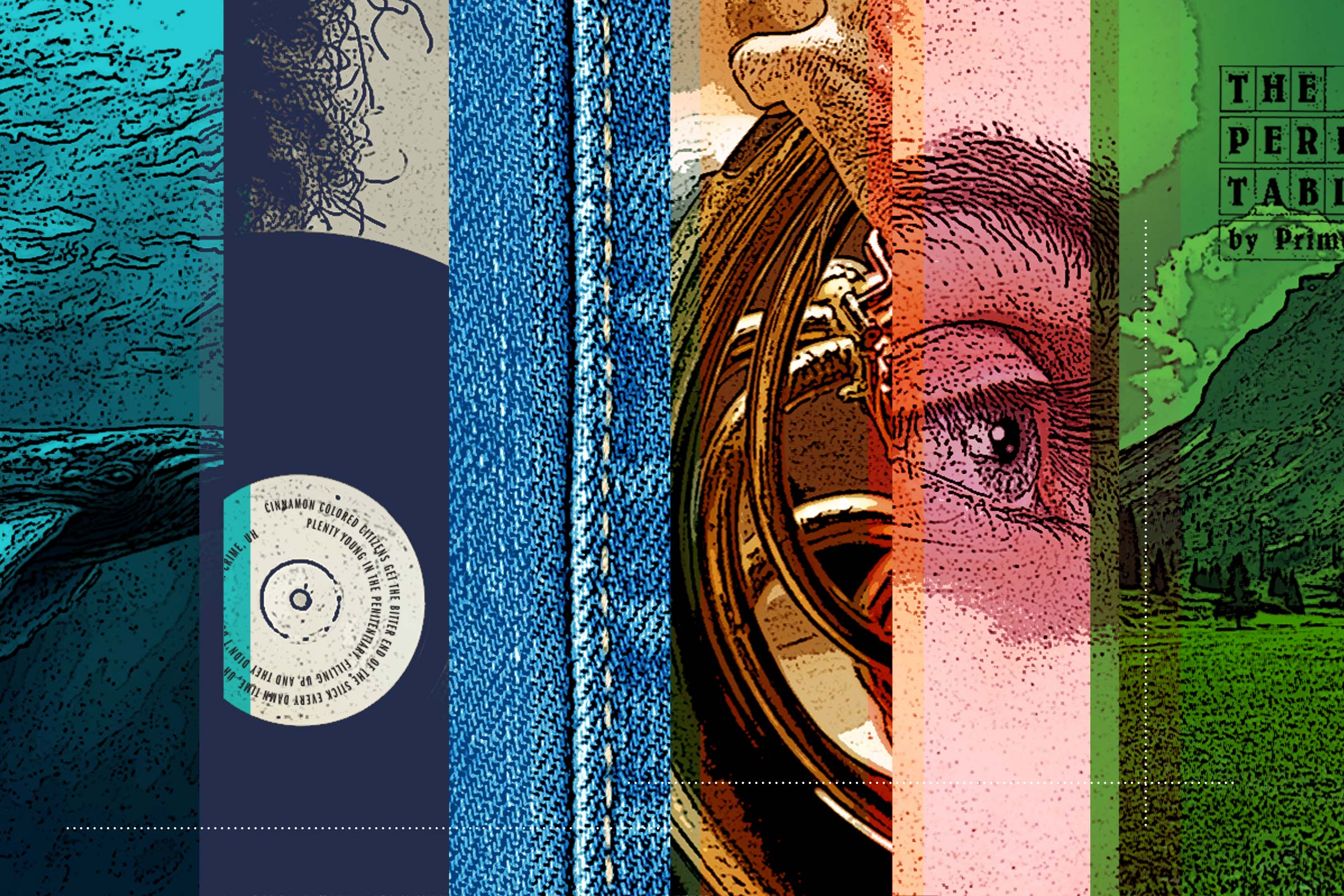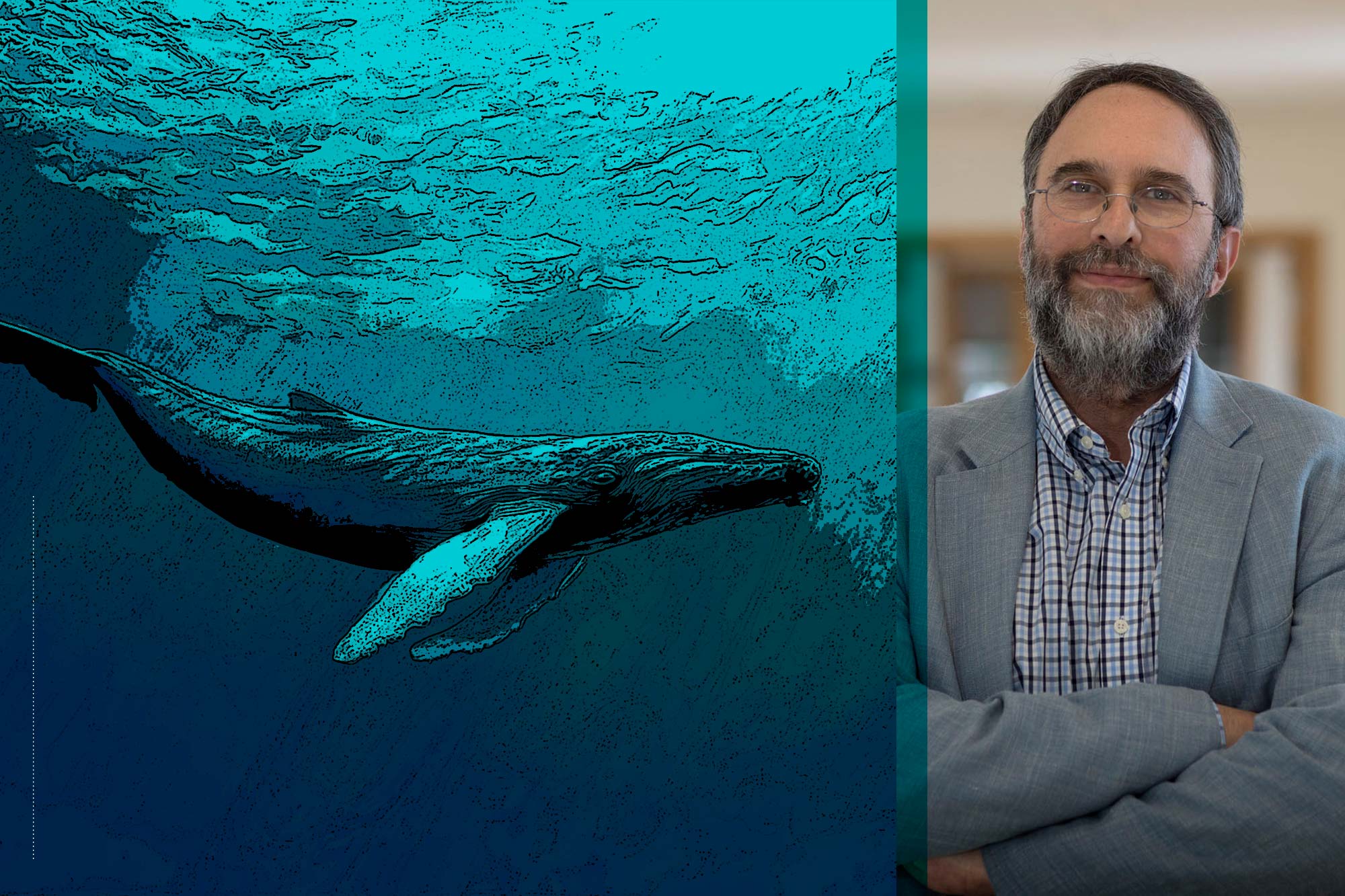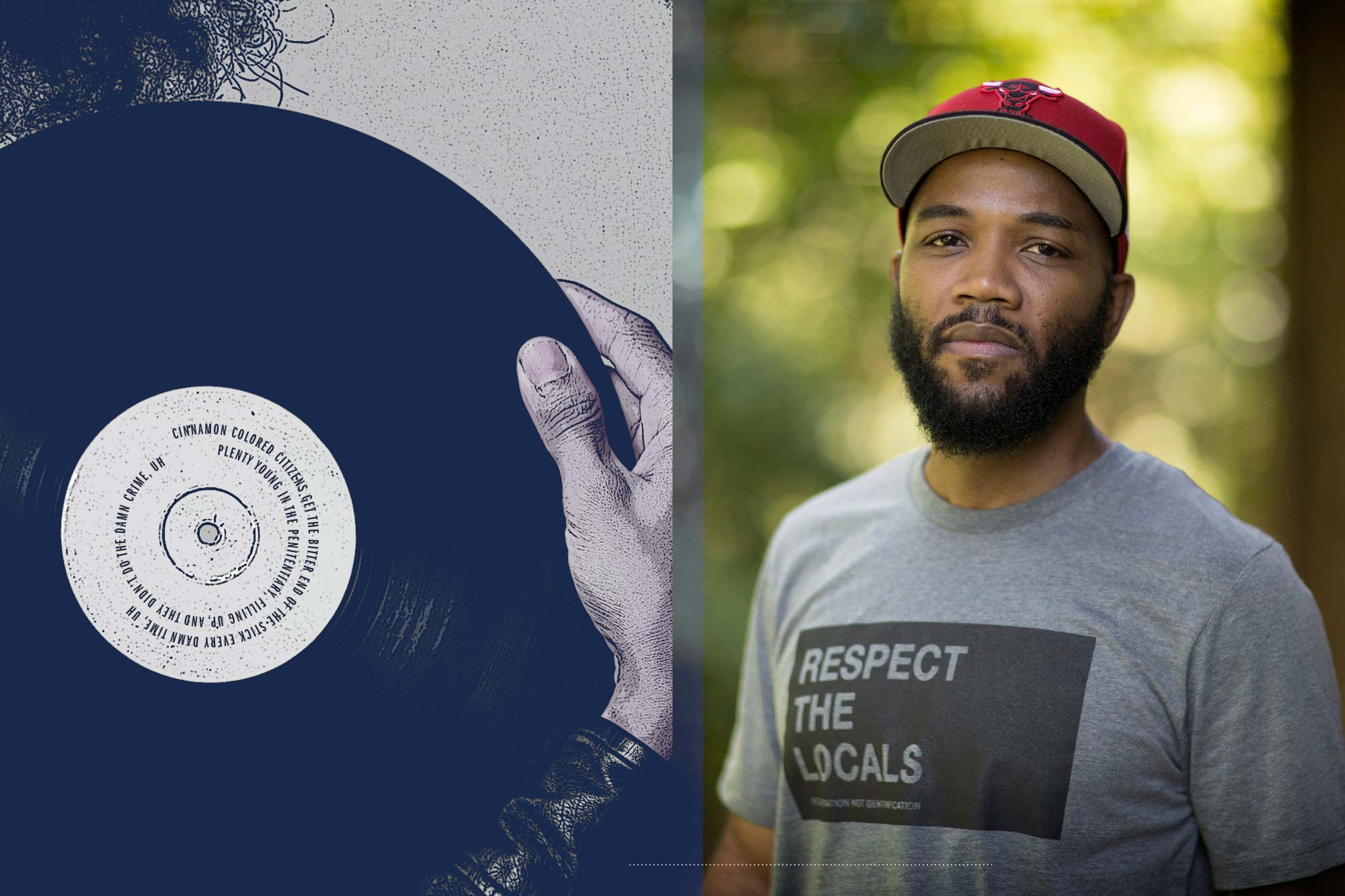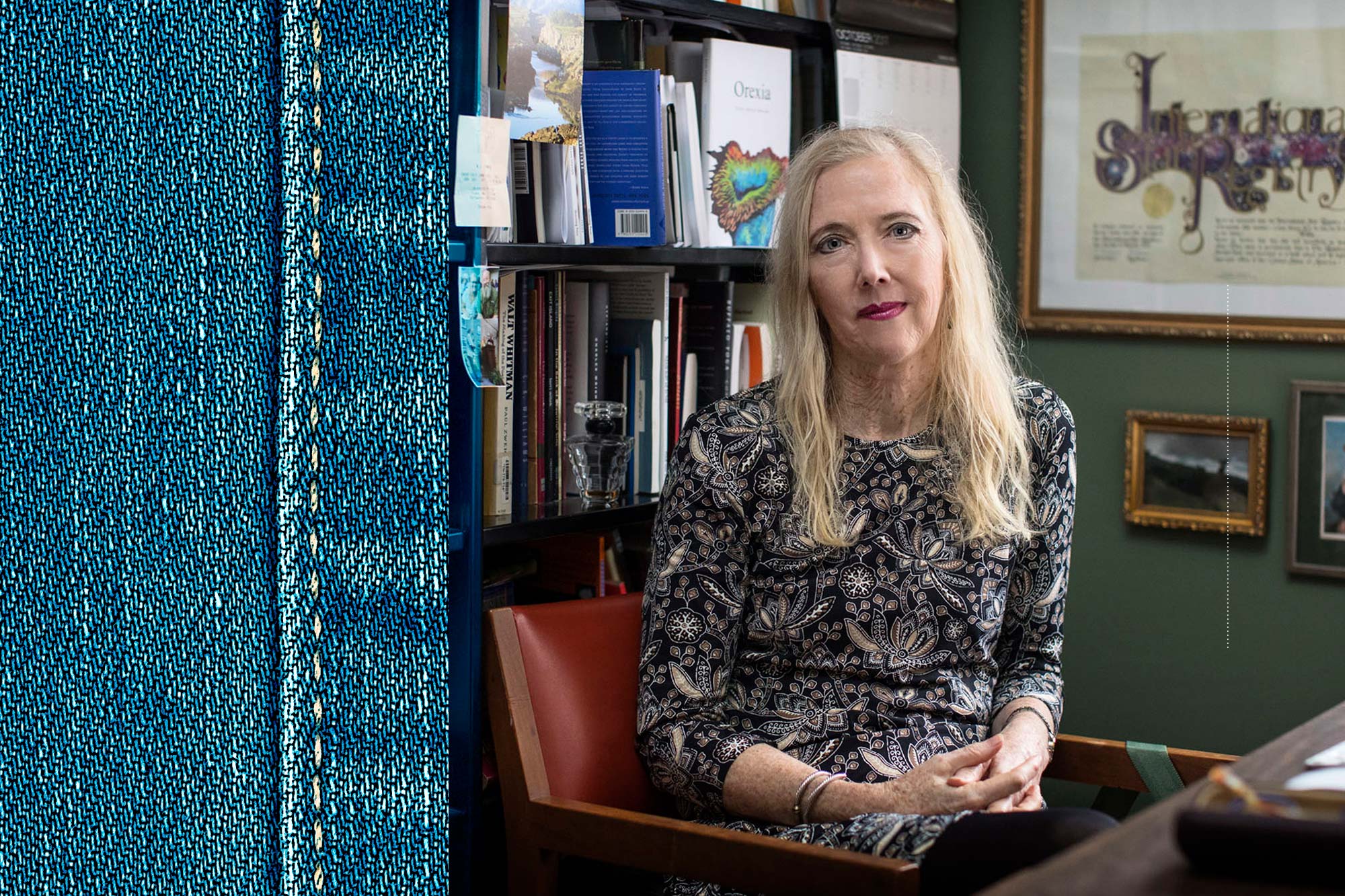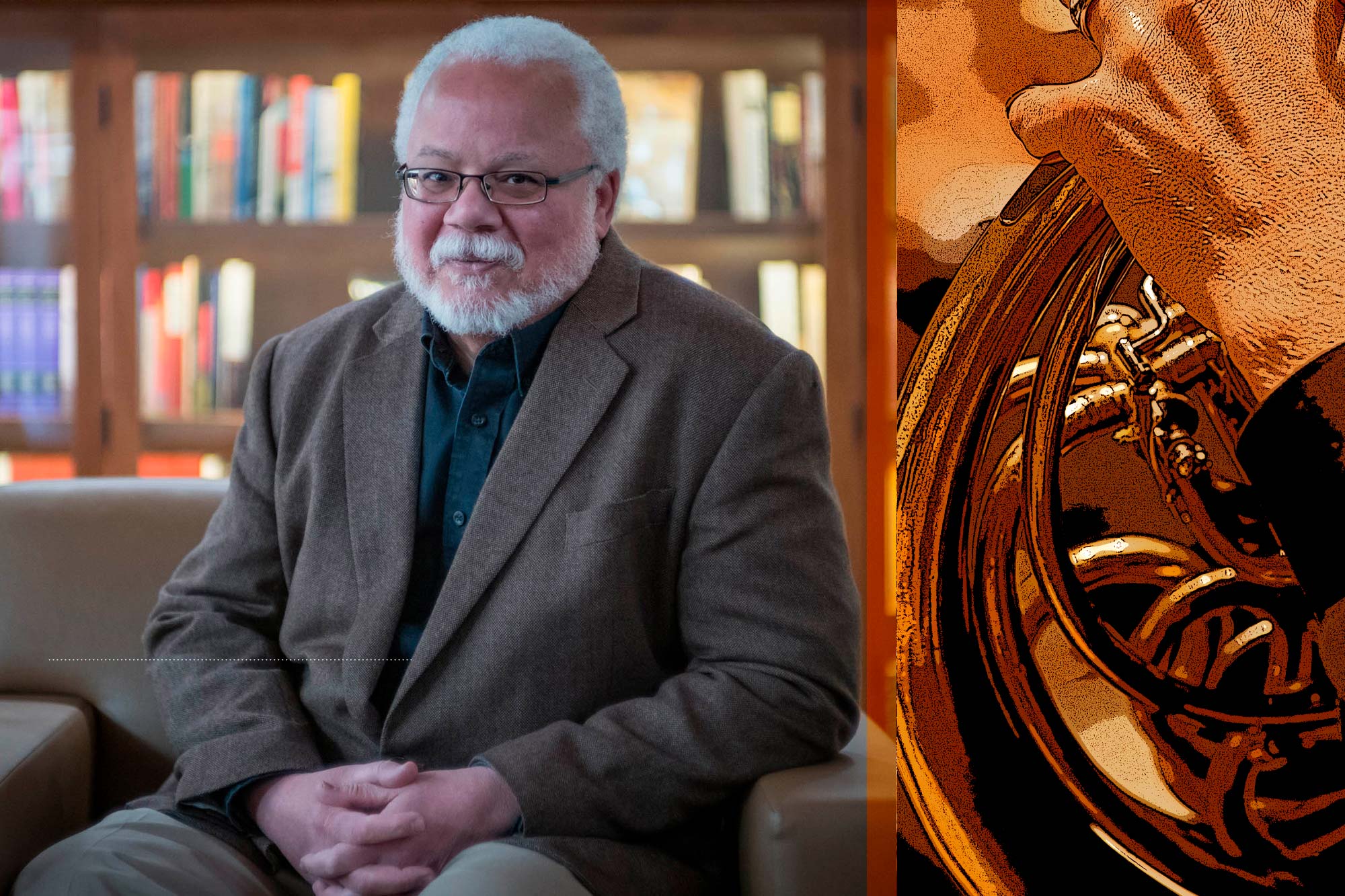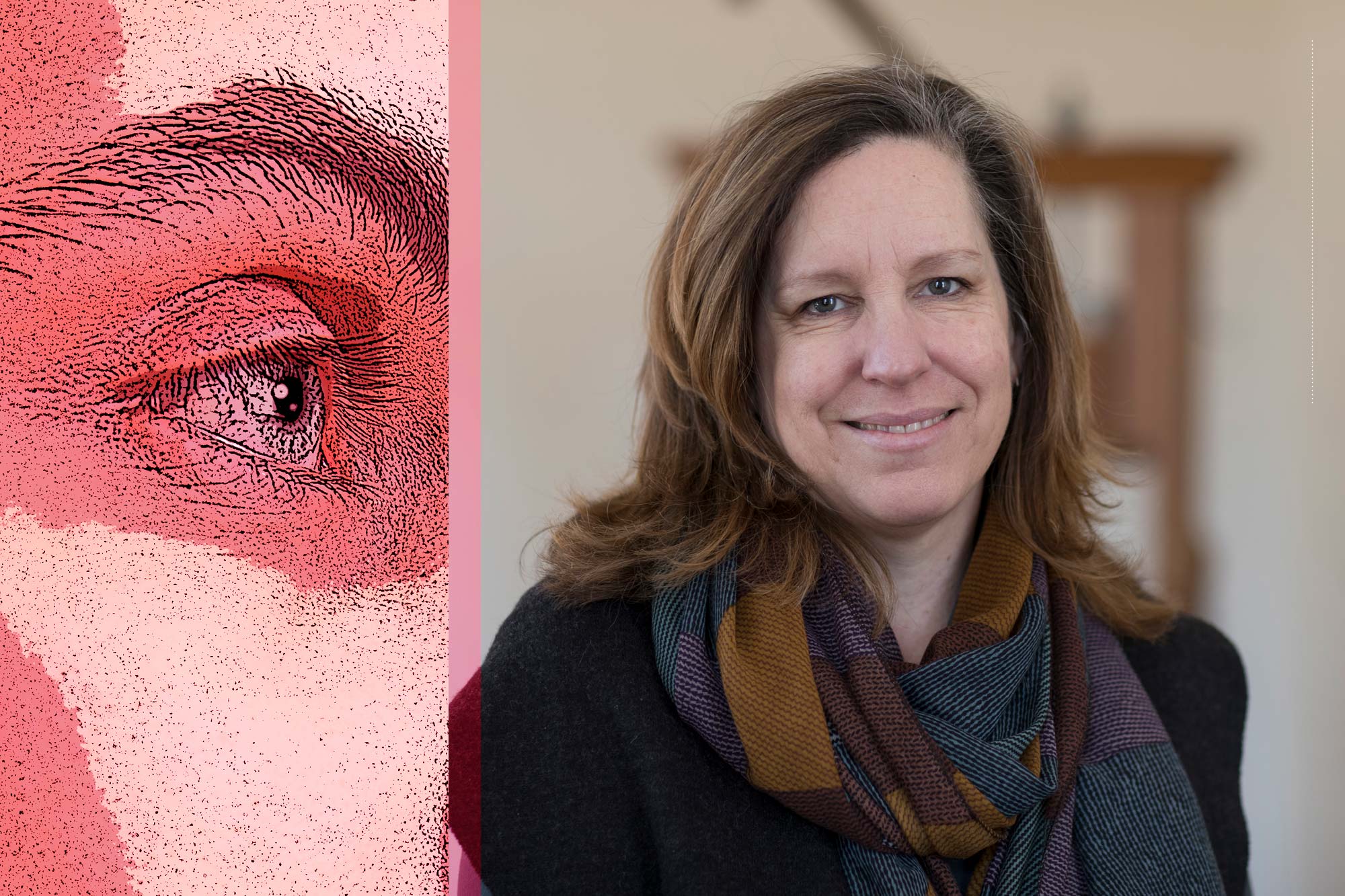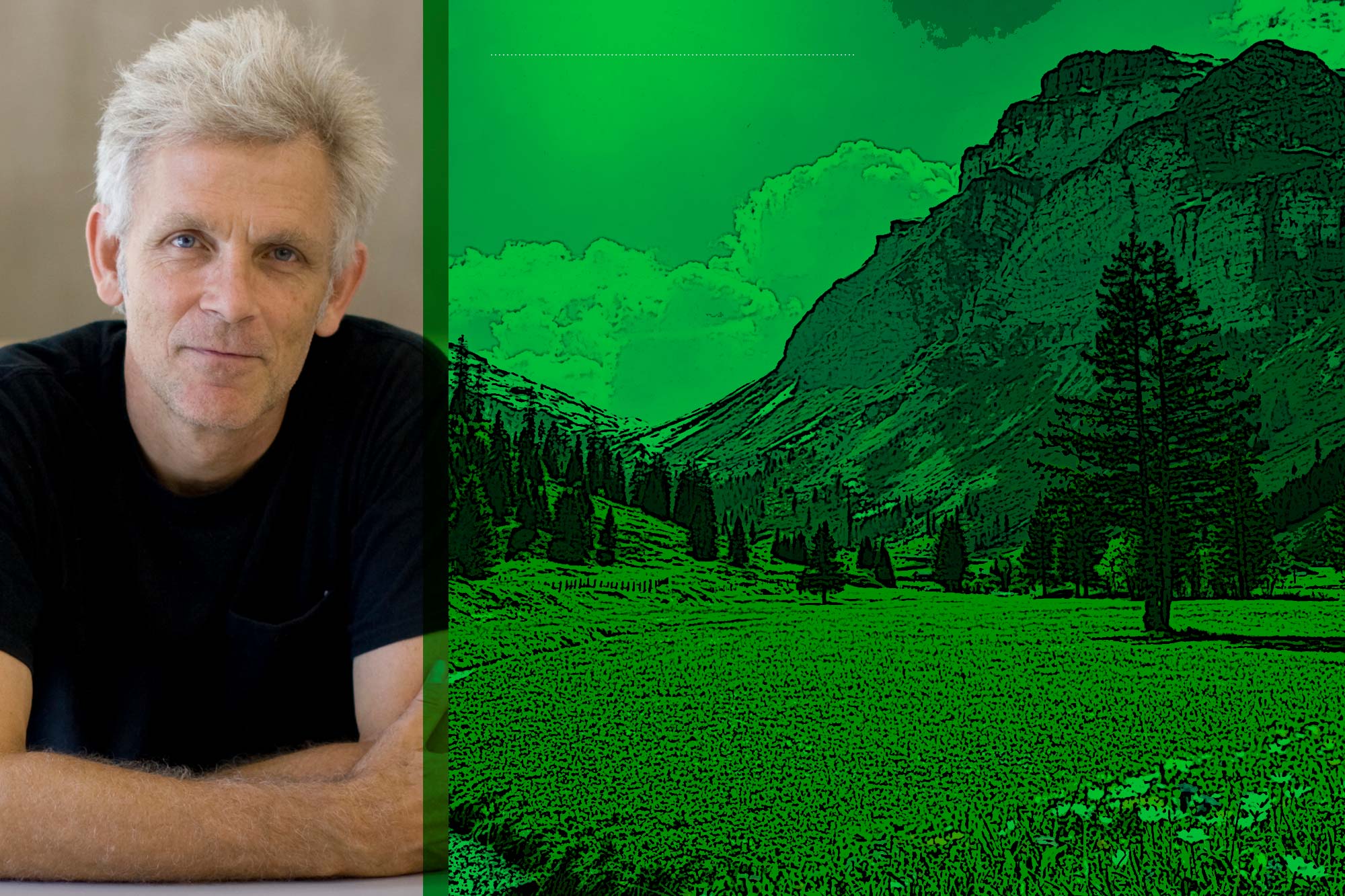A book that has repeatedly helped center me over the past 30 years is “The Periodic Table” by Primo Levi.
Levi is best known as the author of “Survival in Auschwitz,” a lucid confirmation of humane intelligence when faced with Nazi brutality. Levi had studied to be a chemist before the war and the camps and went to work in a paint factory after liberation. ‘‘After Auschwitz I had an absolute need to write,’’ he says. ‘‘Not only as a moral duty, but as a physiological need.’’
“The Periodic Table” is an autobiographical story of his life before and after Auschwitz. It is a work of healing and of quiet, optimistic imagination. The 21 short pieces are each named for an element found on the Mendeleevian system chart. Levi used elements including argon, sulfur and carbon, both specifically, in terms of their unique chemical characteristics, and metaphorically in order to create a deeply compelling connection between the disparate worlds of physical and human nature. Early on, he points out that chemistry is not a “subject,” rather what happens when we breathe, when we touch, and when we react.
While each chapter is a treasure, my favorite is “Iron.” Dedicated to Sandro Delmastro, a fellow chemistry student before the war, the story of their friendship and Delmastro’s irrepressible spirit unfolds through their youthful climbing exploits in the Alps. Unlike Levi, Delmastro was at home in the mountain world, and at that time, 1939, he seemed most interested in testing his limitations and preparing himself (and Levi) for an unknown future. “To see Sandro in the mountains,” writes Levi, “reconciled you to the world and made you forget the nightmare weighing on Europe.” Levi ends the chapter revealing that the uncontainable Delmastro was among the first Resistance fighters murdered by Mussolini’s fascist thugs.
Outside of its obvious humanistic value, “The Periodic Table” was named the best science book ever written by the Royal Institution in London. Published in 1975, “The Periodic Table” beat out books by Richard Dawkins, DNA legend James Watson, Tom Stoppard, Bertolt Brecht and Charles Darwin to win the award.
